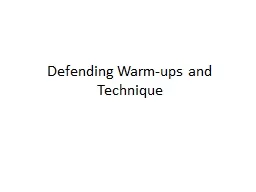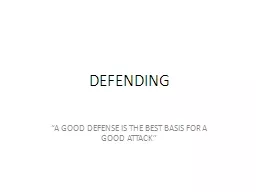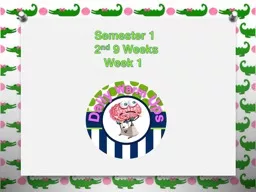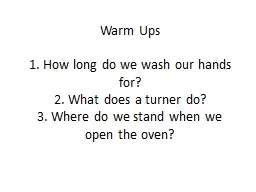PPT-Defending Warm-ups and Technique
Author : cheryl-pisano | Published Date : 2018-03-08
Defending warmup 1 2 groups reds and blues Reds attackers blues defenders Reds dribble to outside cone orange and then inside cone yellow Blues track as defenders
Presentation Embed Code
Download Presentation
Download Presentation The PPT/PDF document "Defending Warm-ups and Technique" is the property of its rightful owner. Permission is granted to download and print the materials on this website for personal, non-commercial use only, and to display it on your personal computer provided you do not modify the materials and that you retain all copyright notices contained in the materials. By downloading content from our website, you accept the terms of this agreement.
Defending Warm-ups and Technique: Transcript
Download Rules Of Document
"Defending Warm-ups and Technique"The content belongs to its owner. You may download and print it for personal use, without modification, and keep all copyright notices. By downloading, you agree to these terms.
Related Documents














